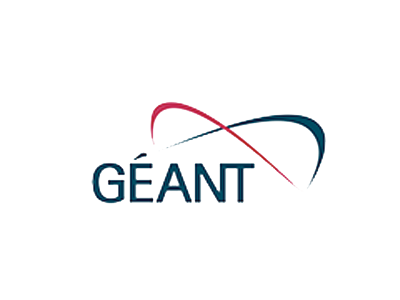
Tackling childhood diseases
The rise in obesity – and particularly child obesity – poses a serious public health challenge. Approximately one in four children in England are now overweight or obese by school entry, rising to a third by the end of primary school.
One of the challenges around childhood obesity research and its influence on cardio vascular disease (CVD) risk, is the required time span for longitudinal studies. Cardiovascular events occur mostly later in adulthood, which means longitudinal studies comprise several decades.
MD-Paedigree offers a solution. This is a four-year European Commission (EC) funded ICT project to help fight childhood obesity-related cardiovascular and other child diseases.
Europe-wide big data system
It has the ambitious aim to develop a Europe-wide big data system for paediatric research, which will provide decision support to medical professionals when treating young patients.
MD-Paedigree capitalises on several EC projects, in particular Health-e-Child and Sim-e-Child. Both were very successful in pioneering the concepts and business models being built upon today.
The project will integrate the variety of known biomarkers for CVD risk assessment into one common framework, and develop computational models with high predictive power to better understand the mechanism of CVD development.
GÉANT provides the essential high bandwidth needed to run complex calculations and move results sets around.
In addition, the MD-Paedigree Infostructure integrates eduGAIN with the FedEHR big data product, to offer “privacy by design” to researchers and patients, throughout the federation of participating clinical centres in Europe.
eduGAIN integration ensures the system is compatible with federation of identity providers so all users can connect and authenticate into the platform using their eduroam credentials.
Comparing every piece of data
Healthcare professionals will gain access to a large population sharing similar conditions and compare every single piece of data in the system, thanks to big data principles.
They can compare the treatment of other children located all over Europe, get in touch with the physician in charge, exchange knowledge and check how the child recovered.
Researchers can look for patterns of clinical conditions describing particular pathologies. Source data is integrated, semantically enriched and made compatible and understandable.
The project will also enable the development of a full model of the heart, anatomically and physiologically. It will provide tools to simulate heart conditions, better understand disease evolution and eventually lead to making decisions on treatments and operations.
For more information please contact our contributor(s):

